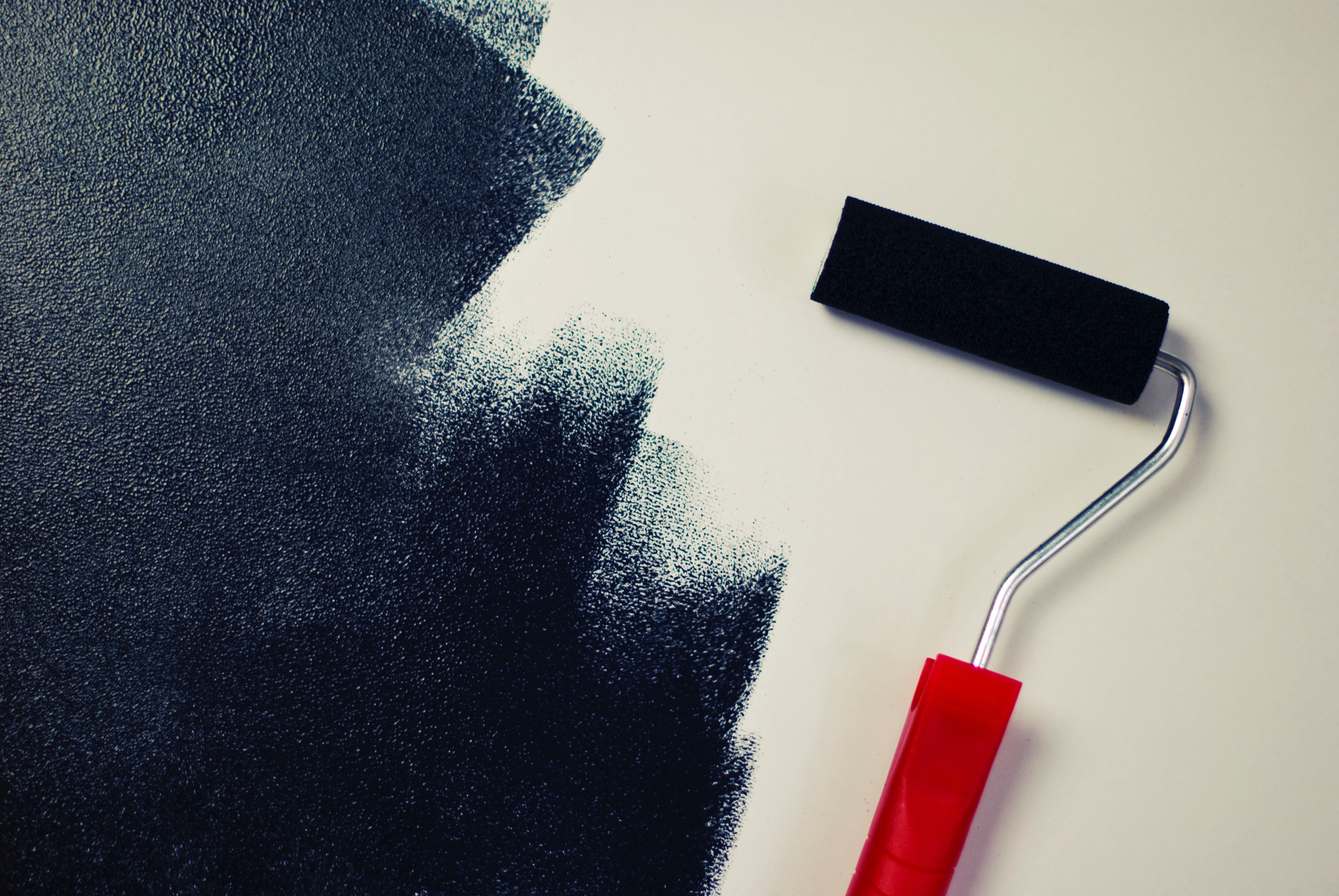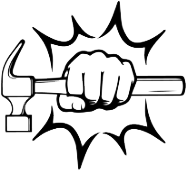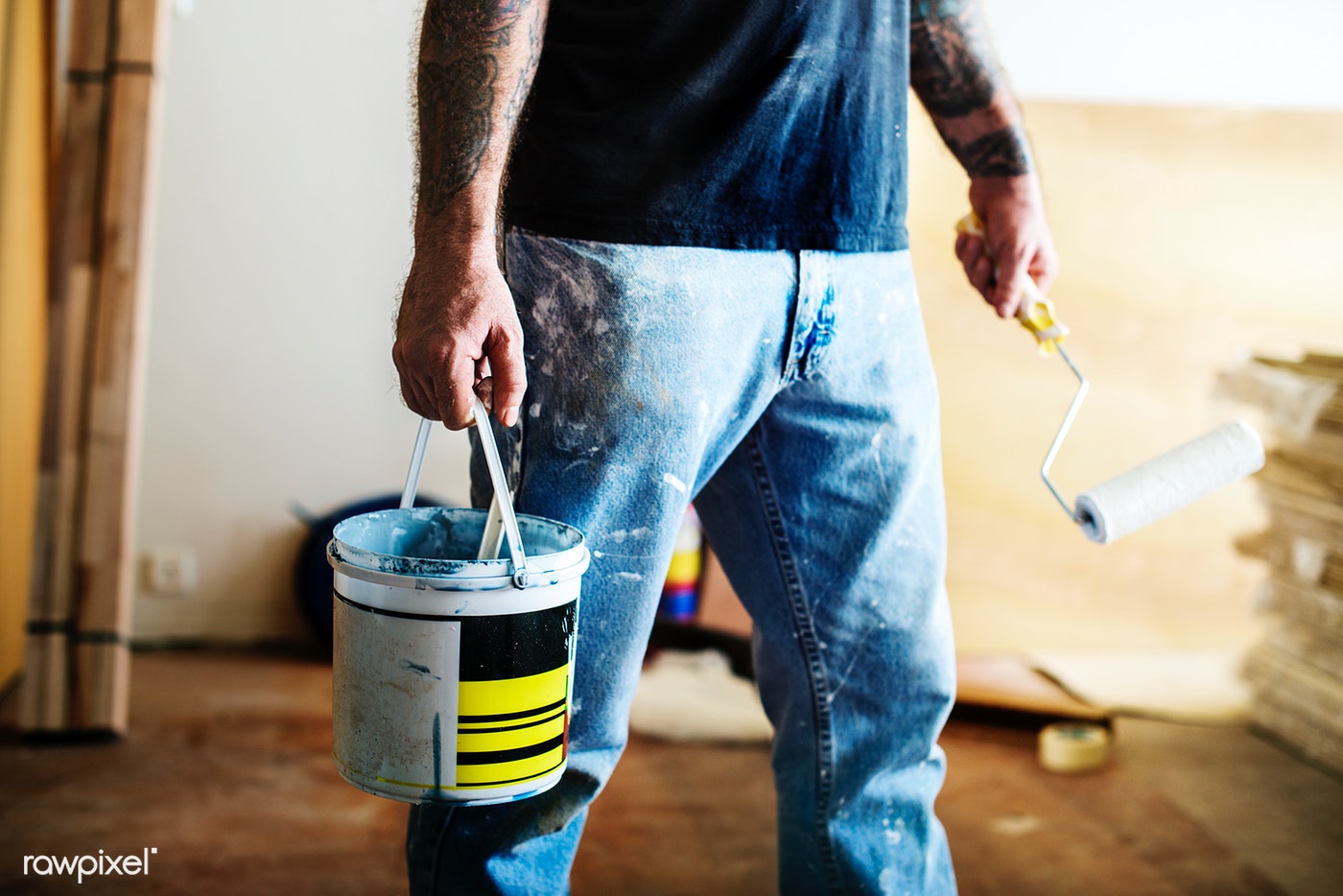
Once you become a homeowner, it’s inevitable that you’ll turn into an amateur handyman. Things at home break sometimes, and it can be more efficient and affordable to fix it yourself rather than hiring a professional. Here are seven maintenance tasks that might come up at home and how you can easily fix them on your own.
-
Cracked Molding
When a small crack forms in the molding and it’s not a structural problem, you can repair it with caulk. Caulking could not be an easier task to complete. You simply clean the surface, apply a bead of caulk, smooth over the crack, and let it dry. This quick fix will keep insects, wind, and water from passing through the wall.
-
Broken Handles
Doorknobs and handles can loosen over time from constant pulling and turning. Once the handles start to separate from the door, they’ll need to be tightened to protect the mechanism and to keep your place secure. A screwdriver can usually take care of the job, but the repair method will depend on the design of your door handle and how it’s fastened.
-
Air Conditioner Malfunctions
One of the most uncomfortable things that can happen on a hot summer day is a broken air conditioner. In places with triple digit heat, it can even become an emergency. Air conditioners malfunction for many reasons, and one reason is a frozen coil caused by a dirty filter. Be sure to keep your air conditioner filter clean, and check it regularly to see if it needs to be replaced. If your unit isn’t functioning properly and a filter replacement doesn’t do the trick, then it’s definitely time to find a professional to fix the air conditioner.
-
Light Plumbing
Big plumbing jobs that require installation or replacing pipes should be left to a professional plumber, but small clogs and running toilets could be a DIY repair with a few common household tools. A clog in the toilet or tub can be solved with a plunger, snake, clog remover, and elbow grease. A toilet that continues to run after it’s flushed can usually be fixed by replacing a broken toilet flap. A leaky faucet requires wrenches, screwdrivers, replacement parts, and a couple of hours of your time.
-
Holes in the Wall
Accidents happen, and sometimes the door swings too wide and hits the wall, leaving a hole or indentation in the drywall. Repairing drywall takes a little more skill, tools, and time than other projects, but this tutorial explains the steps to patching small and large holes with drywall compound. When all is said and done, you can add a bumper to prevent the doorknob from meeting the wall in the future.
-
Paint Retouches
Paint occasionally needs to be retouched, either after a drywall job or due to scratches, stains, and nicks from being touched by other objects. For interior paint touchups or complete color overhauls, a trip to a home improvement store for painting supplies can make the job doable on your own. Find swatches, pick the colors, prep, mix, paint, brush, and roll. Prepping takes a good chunk of time for full-room paint jobs, but a small retouching job should be quick and easy.
-
Refrigerator Issues
You’ll likely encounter one of these three common refrigerator problems, but you don’t need a professional repair service or special tools to solve it. A refrigerator that cycles too much probably just needs the coils to be cleaned or the temperature to be adjusted. A water leak is likely caused by a blocked defrost drain that can be flushed or a frozen water supply line that needs to be defrosted. Ice buildup in the freezer can be fixed by keeping the freezer door closed to avoid humidity or by cleaning/replacing a dirty gasket seal.
Before starting any home repair project, be sure to turn off the water supply or electricity to whatever you’re fixing. The point of DIYing your home maintenance is to keep it simple and affordable, not complicate the process by creating a bigger mess. And as always, safety should come first.
Photo Credit: Pexels


